Building the drytool community in Ontario
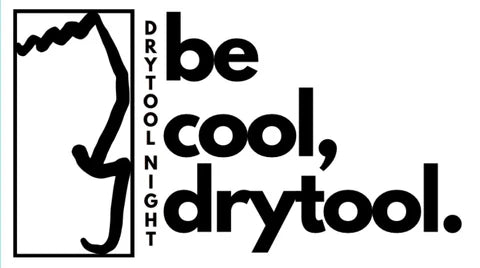
I joke that the first rule of drytool night is: talk about drytool night! My mission is to introduce youth and people of all climbing abilities to the niche sport of competition ice-climbing and drytooling while making this sport accessible to all socioeconomic groups. I want to increase awareness and engagement in the sport of competition ice climbing & drytooling, showcase the safety and enjoyment this sport brings to participants, and assure gym owners that it is secure for their facility, climbing walls and floors.
I host a Drytool Night at my local gym on Saturday nights after the gym closes. The gym did not want to take the risk of closing floor/wall space or not financially breaking even, so we agreed to host the events outside of working hours. A bonus was that we could make HELMETS ON mandatory and not affect members or birthday parties.
I am a climber of all disciplines and route-setting with almost 20 years of experience. At 37 years old, I competed at my first ice climbing competition in Michigan at Peabody’s. I was hooked instantly. After driving down from north of Toronto, Ontario, I found myself unprepared with the wrong front points, heavy boots, and untrained. But damn, I loved the movement, community and style of climbing with ice tools and kicking into plywood: more grip, less fingers. I drove home and needed somewhere to practice this new activity. I pondered how to bring drytooling to Ontario, north of the border. Competition ice climbing, hmmm.
With minimal resources, I started asking questions and doing research where available. The Great Lakes Mixed competition at Peabodys, in Michigan, was hosted and set by two top Canadian ice and mixed climbers.
Competition ice climbing is still a niche activity in the climbing world. UIAA ice climbing competitions have been happening in Asia and Europe for years, with events in Colorado over the past decade for North American appearances. We climb on resin and metal holds and kick into plywood. If you can keep the tool in your hand, you have a chance; drop it, and you are done. No more crimping, pinching or dragging your hands on climbing holds. Grip strength is critical. Almost a meter of extra leverage with the tools in hand means extra reach, but added leverage asks for precise pick placement and lots of body tension.
Picks with millimetres of surface area, placed precisely, stick to the hold better than fingers can. You learn to move your body around a strategically placed tool, kicking the wall to manoeuvre yourself into position to catch an edge of the next hold that might be two meters away. Lots of kicks are needed to position your feet. If you have the wrong torque on a tool or your foot, you pop off the wall.
I have had some strong mentors through this process. They have been a great resource and inspiration for me to continue the journey they began. I reached out to the UIAA. They govern competitive ice climbing internationally. They want more North American Events. They want more youth participants. With more North American stops, we would encourage more Asian and European athletes to travel here.
There are many barriers to competitive ice climbing. Tools, boots and gear are expensive and specialised. Competition ice climbing boots are not mass-produced, are very expensive (north of $500), and don’t come in youth sizes. Without youth-sized boots, how can we expect them to get involved? With limited training venues, how are athletes supposed to develop their skills?

Drytool Night started in February 2022 as a bi-weekly climbing event at my local climbing gym, Of Rock and Chalk, in Newmarket, Ontario. They offered me the space to test this niche sport and to build the indoor drytooling community by providing beginner-friendly and advanced routes for climbers. Participants utilize real ice tools with metal picks and climbing shoes, with the option to borrow loaner tools and helmets or bring their own gear. The session offers top rope and lead routes and an area for practicing kicking into plywood, similar to World Cup competitive ice climbing. We can practice figure fours inches off the ground over the climbing mats.
By offering drytooling indoors at a climbing gym, Drytool Night overcomes several barriers associated with the sport. Using climbing shoes instead of specialized ice boots allows more people to participate. Drytooling indoors also enhances safety compared to outdoor climbing, provides easier access for more people, reduces the strain on outdoor areas, and enables participants to utilize public transit and other travel options. Finally, the availability of real tools and picks allows climbers to experiment and find the equipment that suits them best. Drytool Night provides loaner tools and helmets at no additional costs.
Currently, Drytool Night operates solely at Of Rock and Chalk. However, one of our goals in the upcoming year is to expand and host at other local facilities around Ontario. There are around 30 climbing gyms in the Greater Toronto Area. Our initiative aims to establish a team of 4-5 volunteers responsible for making Drytool Night events and competitions sustainable and self-funded. Drytool Night remains a not-for-profit endeavour and will continue to operate in this manner.”

About the author: Chris Lovett-doust
Chris is currently the host of weekly drytool night in Ontario. Follow their IG account @drytoolnight to learn more.

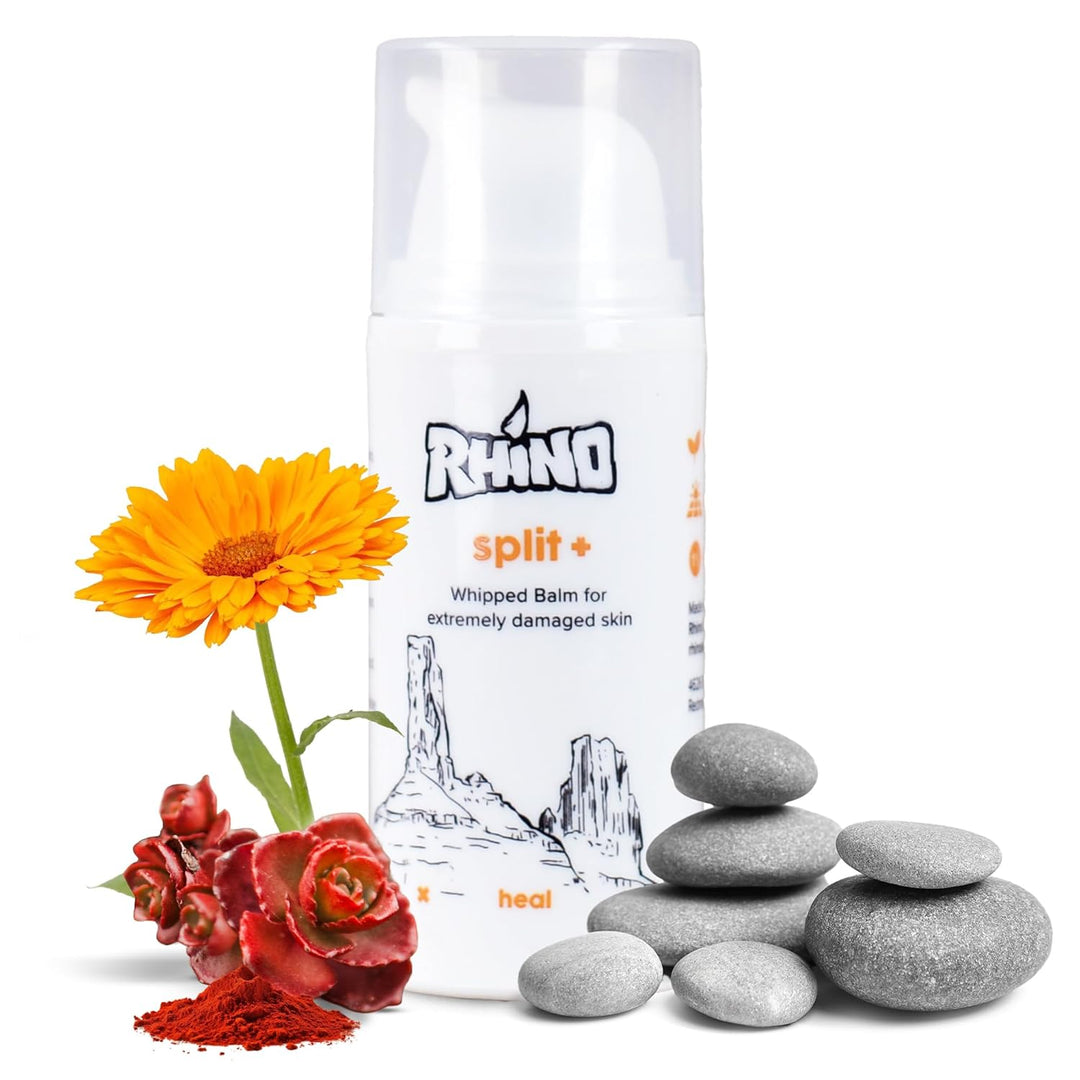
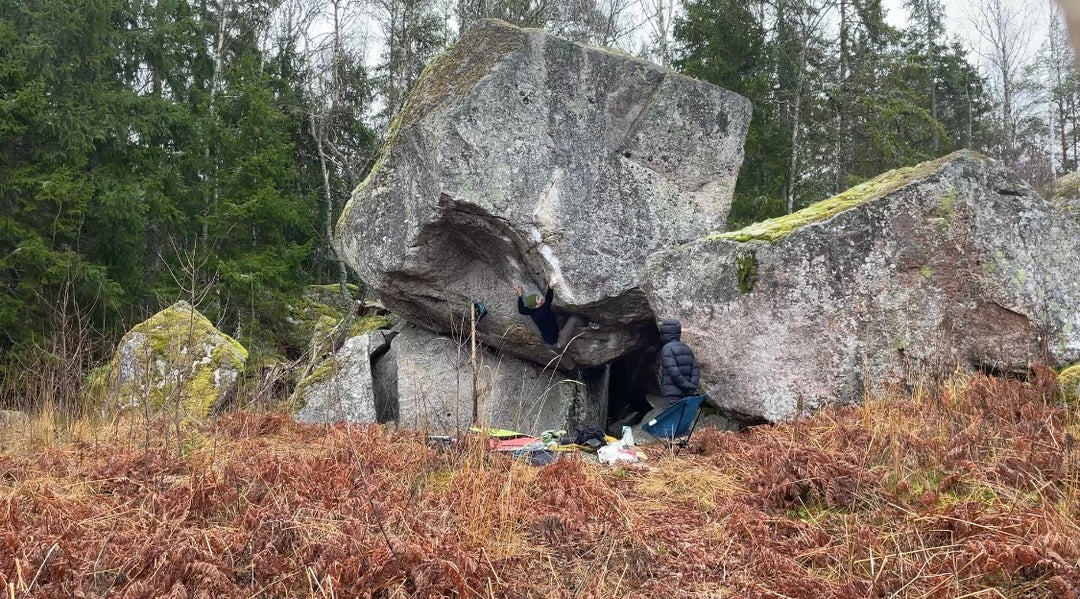
Leave a comment